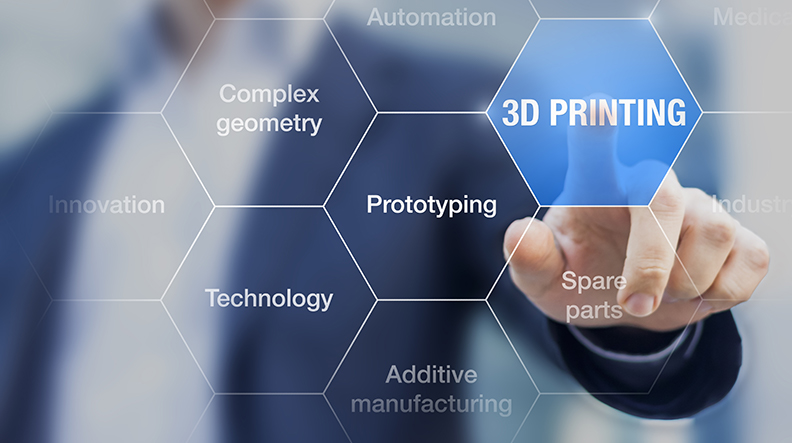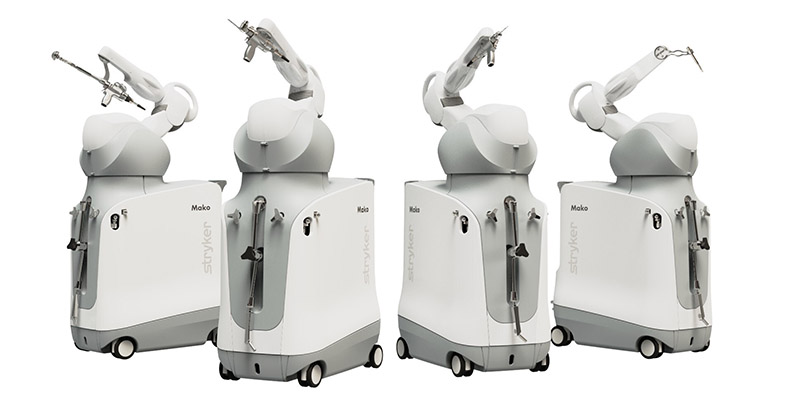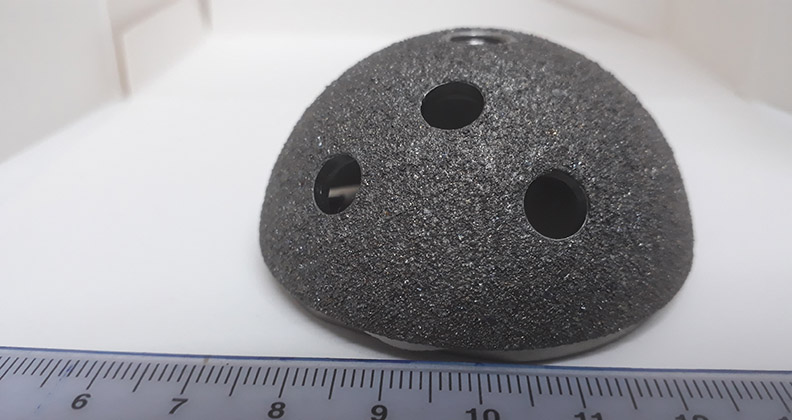
Richard Hurley, M.D., pictures a world where surgeons actually design and 3D print implants in their office. Hurley, an orthopaedic surgeon at Dartmouth General Hospital in Nova Scotia, Canada, started Conceptualiz Inc. in 2012 to realize his idea.
The company is currently focused on raising funds, jumping through regulatory hoops and finding a manufacturing partner.
BONEZONE caught up with Hurley to learn more about Conceptualiz’s founding, plans for overcoming its present challenges and the company’s vision for 3D printed implants.
BONEZONE: Tell us about Conceptualiz and its founding.
Hurley: Three years ago, we started developing the product that we have today. It started out as an attempt to make 3D planning, which is currently limited to desktop computers in hospitals, more mobile, accessible and interactive. We developed an iPad application that allows surgeons to plan surgeries in 3D. We tried to market that concept, but didn’t find a huge uptake. Then we had this idea—what if we could actually design and 3D-print implants from this platform. What we’re marketing now is a software platform that allows surgeons to design and 3D print their own implants—a very disruptive idea.
We still need regulatory clearance, which is our next big milestone. We’re trying to raise $1 million to allow us to obtain FDA approval, or partner with either an orthopaedic manufacturer or a 3D printing company. From a regulatory standpoint, we think the way to go about it is to break it up into a few smaller steps. The first is to be able to export the design models to a manufacturer for validation and manufacture that way, and develop that process through FDA. Once we have accomplished that, we can look at the 3D printing.
BONEZONE: Have you discussed your idea with FDA?
Hurley: We’ve approached FDA about what type of approval is required. The software itself is a Class II device, which requires a 510(k), but no premarket data.
Regarding the future vision of 3D printing, the entire manufacturing process will need Class III approval.
We plan to have the software available within six to 12 months once we get the funding to do so.
BONEZONE: What feedback have you received from surgeons?
Hurley: Surgeons love it. They think it’s the next big thing. The best feedback we’ve had relates to simplicity of the user interface and how this is a completely revolutionary idea. To be specific, our main customer is not the surgeon; our main customer and value proposition is to the medical device industry. The surgeon is the end user, but the value proposition speaks to the medical device industry.
There’s an evolution toward patient specific implants. As they are presently manufactured, they cannot be introduced to the mass market, because at six weeks to design and manufacture, the path to market is slow and costly. Another issue is that the engineers are doing all the design work and surgeons aren’t really involved. The solution we bring with our platform is that—because it’s all automated by the software and performed by the surgeon—time to market and cost is reduced significantly. Our method reduces this time to two weeks and reduces the cost by half. Because the surgeons’ unique clinical perspectives are taken into account with design and planning, these implants are actually safer and of a higher quality. Using our platform, surgeons would “co-design” implants with company engineers.
BONEZONE: How long do you think it will take for this idea to become mainstream?
Hurley: Our first step is to allow orthopaedic implant companies to manufacture patient specific implants in a more cost effective, faster way with higher quality. We think we can do that within three to five years. 3D printing may be a similar time frame, depending on whom we partner with. We’ll be partnering with an entity that we think is the most strategic, and that’s likely going to be a 3D metal printing company. In three to five years, we hope to have early adopters. It will take a few more years until we see this become mainstream; maybe another five years after that.
Send comments on this article to Carolyn LaWell.




